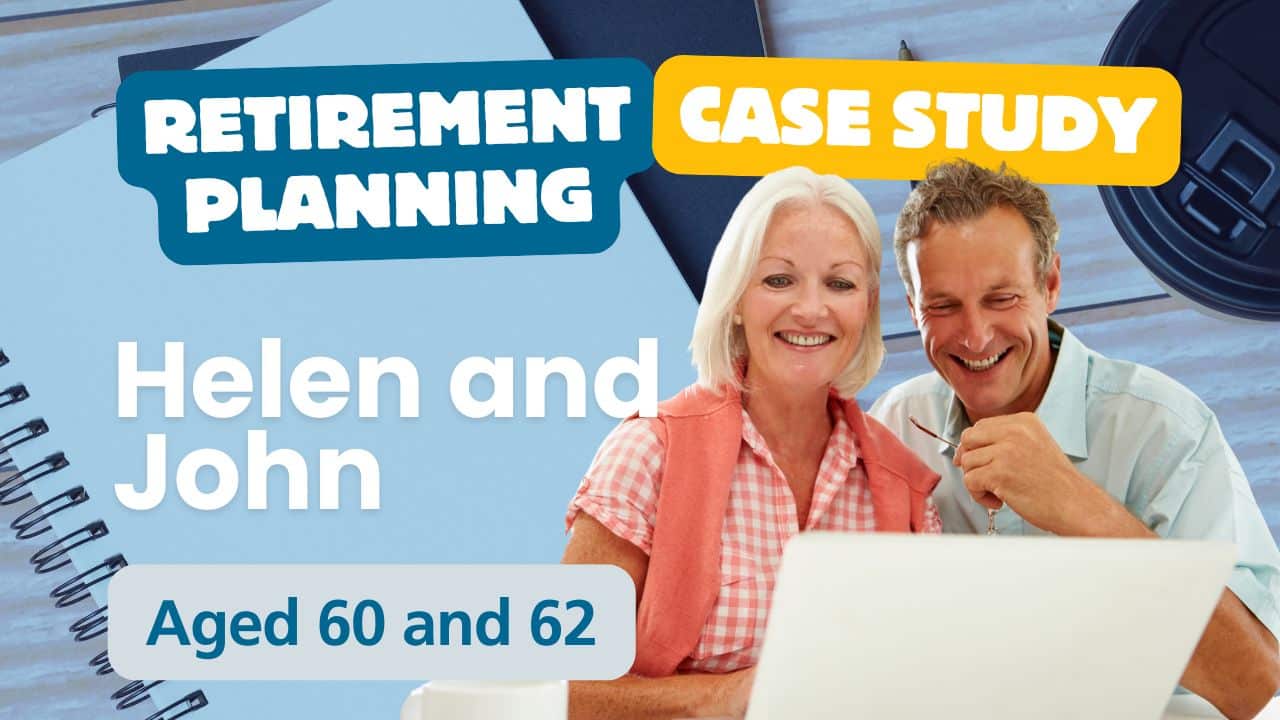IMPORTANT: All information on SuperGuide is general in nature only and does not take into account your personal objectives, financial situation or needs. You should consider whether any information on SuperGuide is appropriate to you before acting on it. If SuperGuide refers to a financial product you should obtain the relevant product disclosure statement (PDS) or seek personal financial advice before making any investment decisions. Comments provided by readers that may include information relating to tax, superannuation or other rules cannot be relied upon as advice. SuperGuide does not verify the information provided within comments from readers. Learn more
© Copyright SuperGuide 2008-25. Copyright for this guide belongs to SuperGuide Pty Ltd, and cannot be reproduced without express and specific consent. Learn more



Leave a Reply
You must be logged in to post a comment.